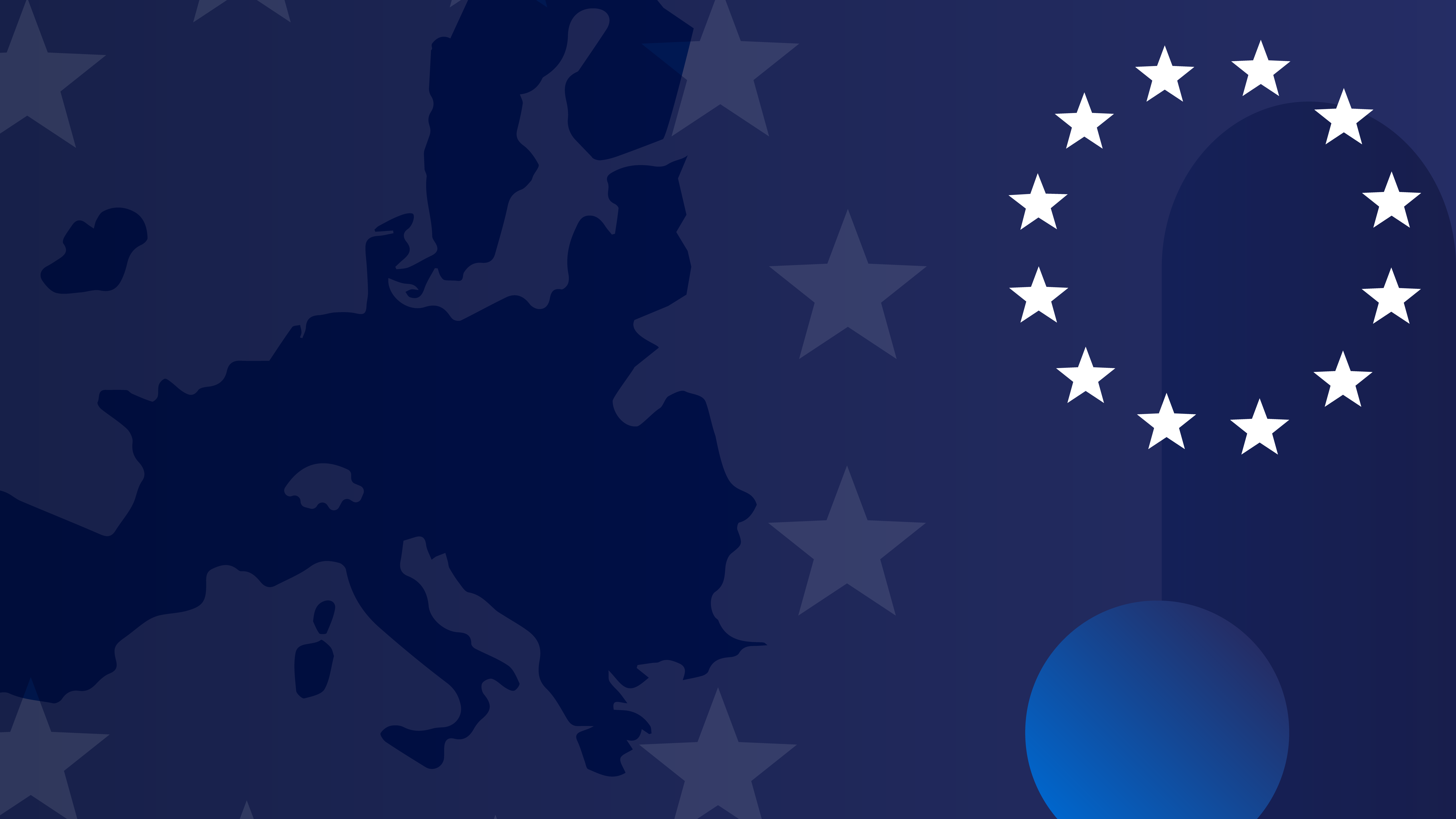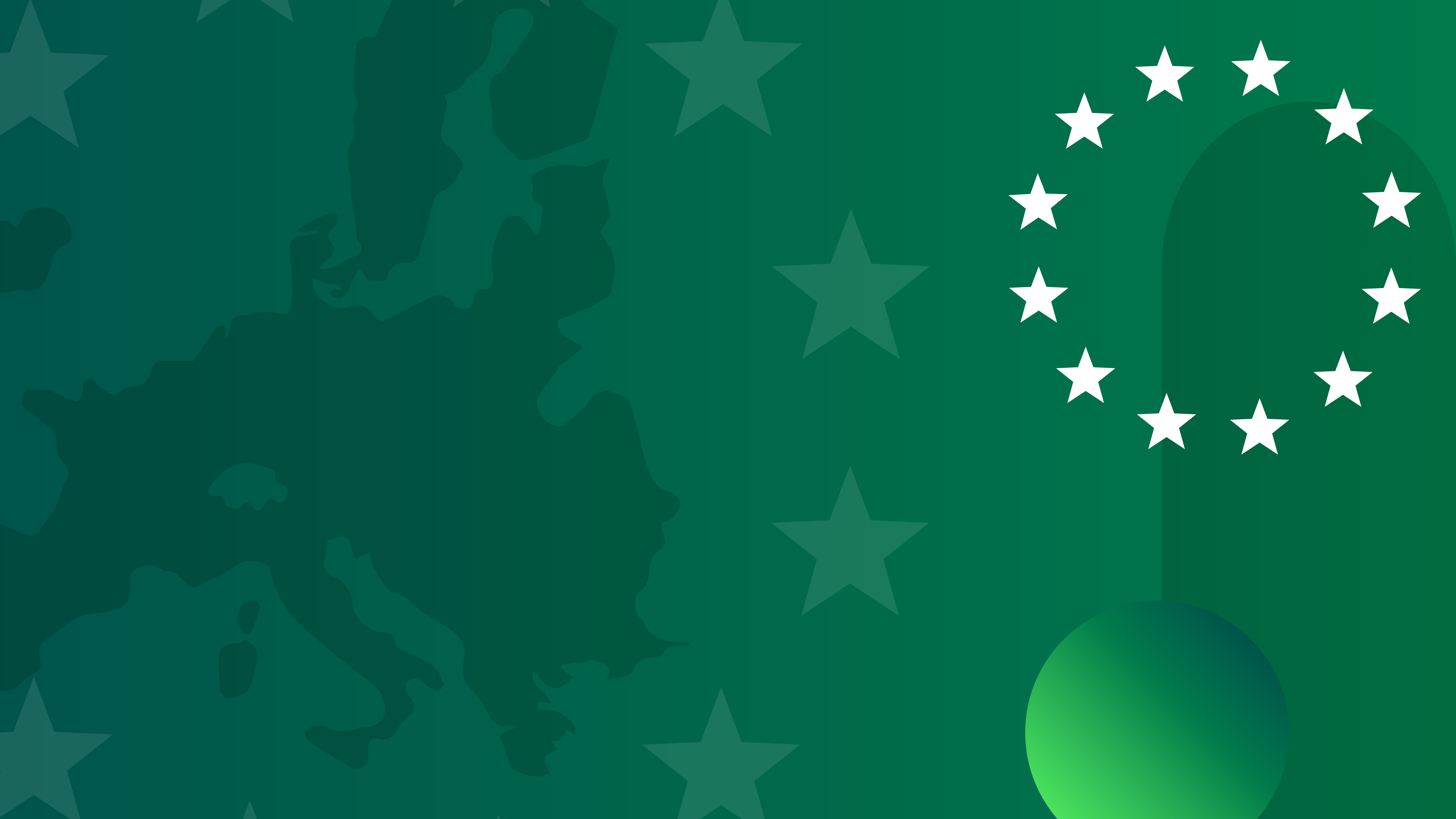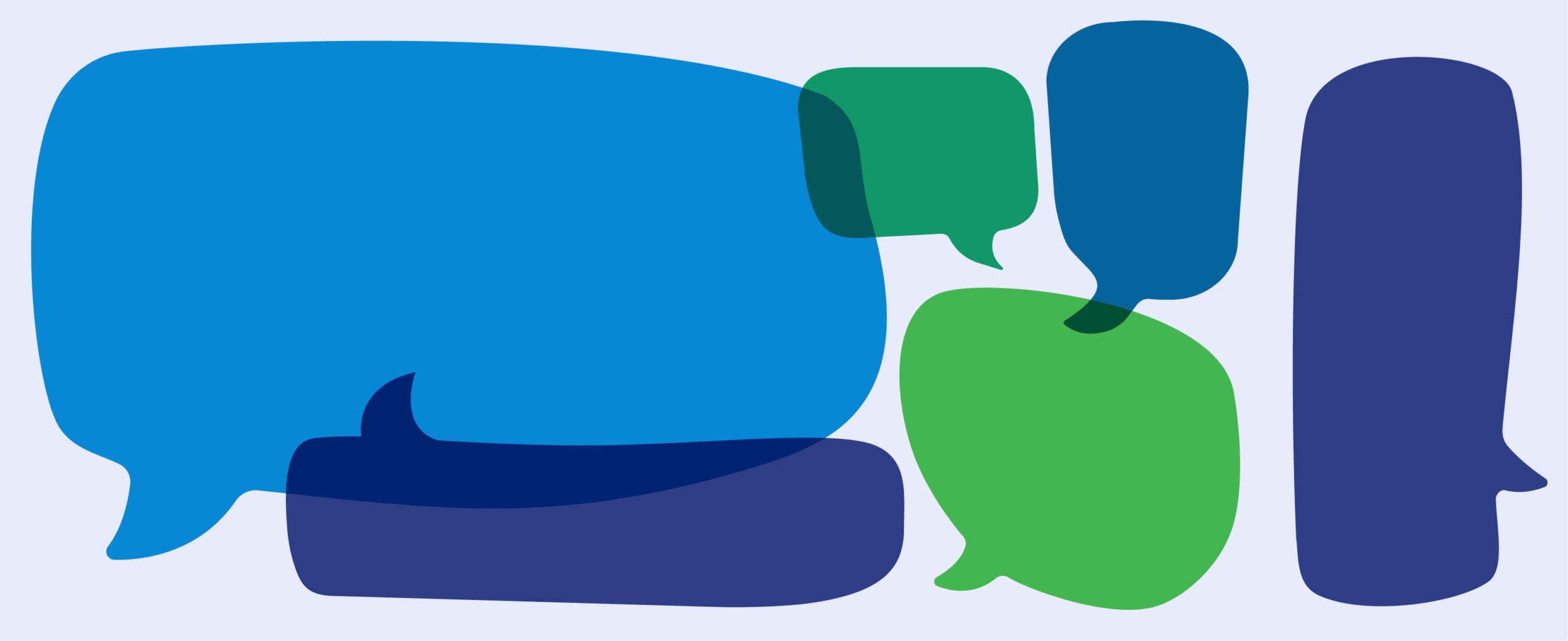More people are self-identifying as having a disability at work, according to the latest Disability Equality Index by Disability:IN and the American Association of People with Disabilities.
Why it matters: If you’re not communicating inclusively, then you aren’t communicating effectively.
State of play: Nearly 1 in 4 Americans have a disability, according to the CDC, and companies are looking to improve their inclusion efforts as more employees self-identify.
- More than 70% of Fortune 100 and roughly half of Fortune 500 companies are actively benchmarking their disability inclusion efforts, according to Disability:IN. That’s a 17% increase compared to last year.
Yes, but: It’s not enough to implement the right programs — communication and people teams must also share these policies internally and externally with intention.
- A new report by the Institute for Public Relations (IPR) and Voya Financial found that 4 in 10 employees were not familiar with their organization’s position or strategic plan regarding disabilities in the workplace.
- Plus, 53% of employees without disabilities and roughly three-fourths of those with disabilities expressed interest in further education about disabilities.
Between the lines: Disability lies outside the scope of “wokeness” in the minds of many environmental, social and governance (ESG) critics, says Disability:IN.
- “Promoting disability employment is an apolitical position that appeals to liberals who advocate greater social inclusion, as well as conservatives who believe in the power of the private sector,” says the report.
What they’re saying: These programs and accompanying communication campaigns are good for business, says Paul Gennaro, chief brand and communications officer of Voya Financial.
- “Companies that prioritize inclusion see 28% higher revenue and yield 30% higher economic profit margins than their peers,” Gennaro previously told Axios.
Go deeper … Greater demand for accessible communications.



